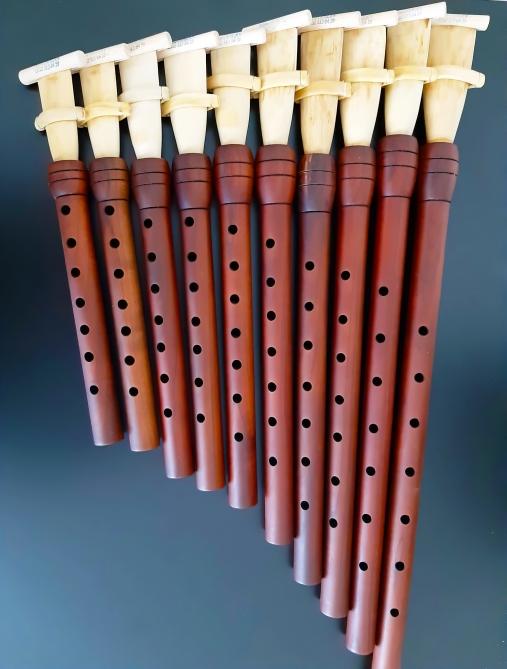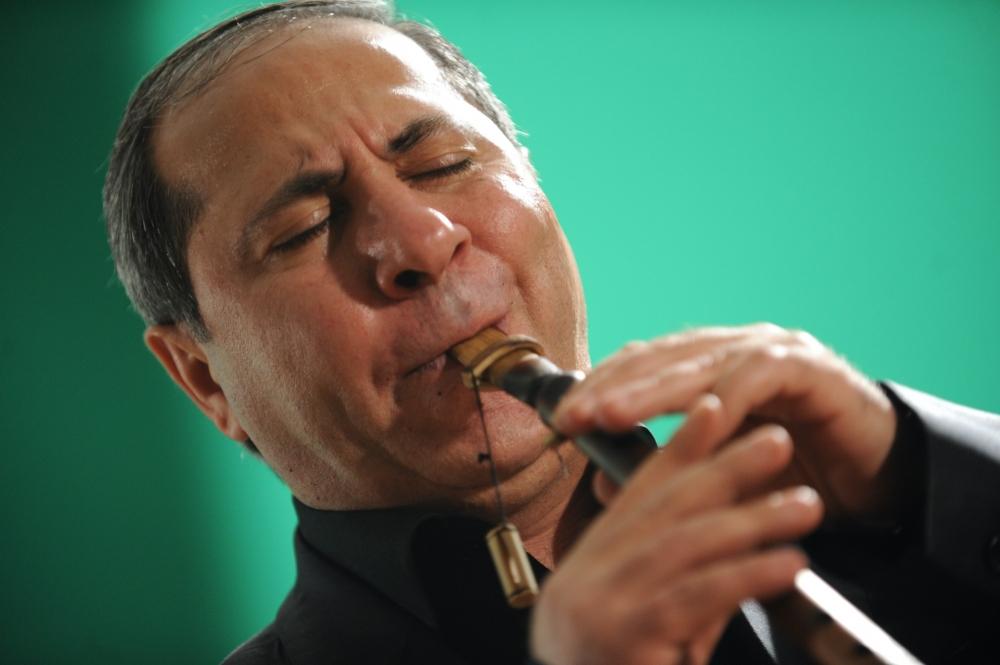Balaban might be included in UNESCO Representative List [PHOTO]
![Balaban might be included in UNESCO Representative List [PHOTO]](https://www.azernews.az/media/2021/04/02/balaban5.jpg)
By Laman İsmayilova
Azerbaijan's traditional musical instrument balaban might be included in UNESCO's Representative List of the Intangible Cultural Heritage of Humanity.
The file "The Art of Playing the Balaban" was prepared jointly by Azerbaijan and Turkey. It has been submitted to UNESCO for inclusion in its Representative List for the Safeguarding of the World Intangible Cultural Heritage.
The file will be considered at the 17th session of the Intergovernmental Committee on the Intangible Cultural Heritage in 2022.
For the first time, the balaban was mentioned in the epos of "Kitabi Dada Gorgud" (“The Book of Dede Gorgud”).
The balaban is a cylindrical-bore, double-reed wind instrument with seven finger holes and one thumb hole. When you play the balaban you should use fingers of both hands to open and close certain holes. It can be made of mulberry or other harder woods, such as walnut.
The silver ring, which is more than 2,000 years old, has been discovered during archaeological excavations in Bargoed village of Ujar region.
Ring with the bluestone imprinted the image of balaban. The word "balaban" combines two Azerbaijani-Turkish words "bal" and "ban".
"Bala" means small or fragile and “ban” is an archaism that means "voice".
The name of the first performer on this instrument in Azerbaijan is unknown. However, the oldest chang performer was poetess Mahsati Ganjavi. In his works, Nizami also notes the name of Nagisa, master harpist and composer of the royal court of King Khosrau II of Persia.
This musical instrument is one of the most beloved of the Azerbaijani people.
The balaban is included in the orchestras and folk instruments ensembles. The sounding of the balaban is clearly reflected in such music pieces as "Second Fantasy" (Uzeir Hajibayli), "Dance Suite" (Muslim Magomayev), "In Dreams" (Khalil Jafarov), etc.
Azerbaijan and UNESCO have been enjoying successful cooperation since 1992. In 2003, the parties signed the framework agreement on cooperation in the areas of culture, science, education and communication, which allowed Azerbaijan to become one of the donors of UNESCO.
UNESCO-Azerbaijan relations started to grow more rapidly after First Vice-President, First Lady Mehriban Aliyeva became a UNESCO Goodwill Ambassador in 2004. As a result of her strenuous efforts, the examples of the tangible and intangible cultural heritage of Azerbaijan were included in the UNESCO World Heritage List.
Icherisheher (Old City), the Maiden Tower and Shirvanshah's Palace were included in the UNESCO World Heritage List in 2000, while since 2007 the Gobustan National Historical-Artistic reserve was also listed among these heritages.
Sheki, an important city at the crossroads of the historic Silk Roads was inscribed on UNESCO's World Heritage List during the 43rd session of the World Heritage Committee held in Baku.
In 2017, UNESCO recognized Azerbaijan's dolma as the Intangible Cultural Heritage of Humanity.
Art of crafting and playing with kamancha, presented jointly by Azerbaijan and Iran, was also inscribed on the UNESCO Representative List of the Intangible Cultural Heritage of Humanity.
Moreover, the Pomegranate Festival, Art of miniature, was inscribed in UNESCO Representative List in December 2020.
UNESCO also successfully celebrated the 600th anniversary of the death of the great Azerbaijani poet and thinker Imadaddin Nasimi and the 200th anniversary of the first settlement of Germans in Azerbaijan last year.
---
Follow us on Twitter @AzerNewsAz
Here we are to serve you with news right now. It does not cost much, but worth your attention.
Choose to support open, independent, quality journalism and subscribe on a monthly basis.
By subscribing to our online newspaper, you can have full digital access to all news, analysis, and much more.
You can also follow AzerNEWS on Twitter @AzerNewsAz or Facebook @AzerNewsNewspaper
Thank you!


